

Telegraph House stood on the West Sussex Downs, very near to the highest point called Beacon Hill… It stood out clean and white against a background of blue sky and cloud and the yellow green of the downland… it seemed a place in which children might be healthy and happy.
Dora Russell, The Tamarisk Tree: My Quest For Liberty and Love (1975)
Beacon Hill School was founded by Bertrand and Dora Russell in 1927. Already a famous philosopher by this time, Bertrand Russell’s central beliefs were that human experience and development should be based on evidence and logic, rather than religious or supernatural ideas. Dora Russell’s beliefs and achievements have been overshadowed by her more famous husband, but she too had been a student at Cambridge, and had strong feminist and humanist ideals developed through her association with radical groups of the time. In setting up a school, the Russells wanted to offer an alternative to traditional educational values, which at this time still relied on a Christian hierarchy of authority maintained by teachers through strict regimes and corporal punishment.

The early prospectus for Beacon Hill School stated its three chief principles to be:
That no knowledge of any sort or kind should be withheld from children and young people; Respect for the individual preferences and peculiarities of the child, both in work and in behaviour; Morality and reasoning to arise from the children’s actual experience in a democratic group and never of necessity from the authority or convenience of adults.
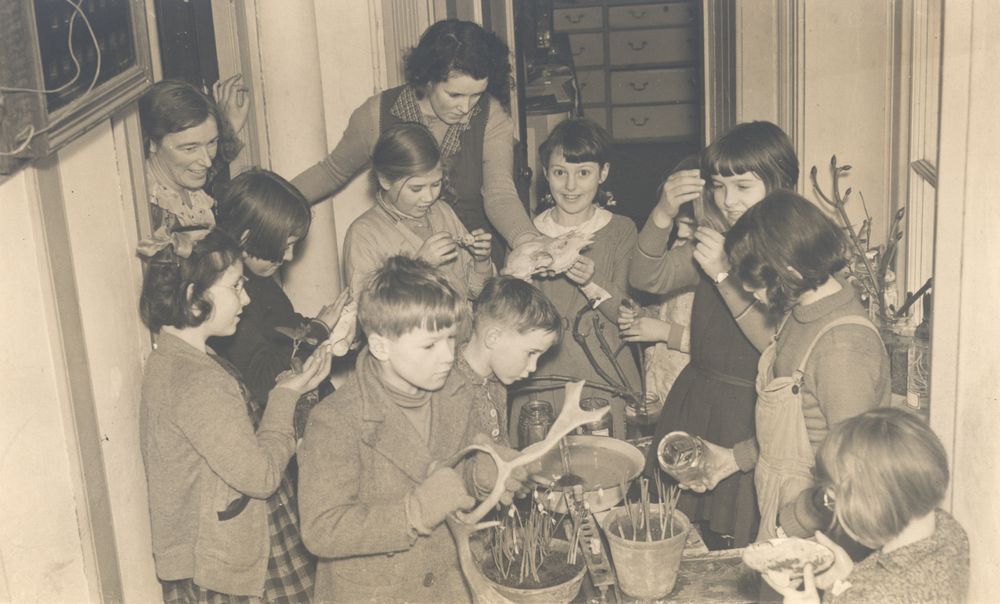
These principles clearly aligned with the couple’s humanist values. Much of the school’s curriculum and organisation followed similar lines. The children were encouraged (as opposed to commanded) to learn through their own initiative rather than by passive instruction, which the Russells saw as a hindrance to the development of scientific thought. Thus, while there were timetables, children were free to attend lessons or not. A school council gave the pupils an equal say in the rules and running of the school. Curiosity and freedom of inquiry were encouraged and children were encouraged in physical activity and outdoor pursuits. Descriptions of the school emphasise its idyllic situation among woods and valleys in the Sussex countryside.
Dora Russell continued to run the school alone after the couple’s marriage broke down in 1932 and eventually Beacon Hill was forced to close in 1943 due to the Second World War.
Telegraph House/ Beacon Hill School | Historic England
By Jo Ireland
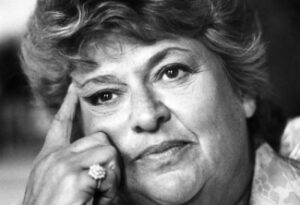
The writer, TV and radio personality and social campaigner, Claire Rayner, best known for her agony aunt columns, spent most […]
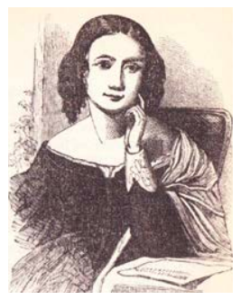
Oh what a tissue of inconsistencies are the dogmas in which we have been reared! Emma Martin, God’s Gifts and […]
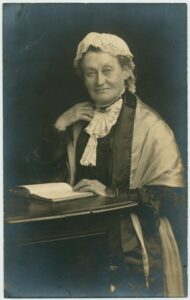
Dr Alice Vickery was a humanist, physician, and devoted champion of women’s reproductive rights. Her tombstone inscription remembers her as […]
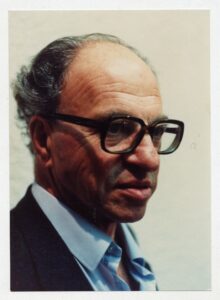
It is in service to others, it is as members of the community, that our existence lies. Hermann Bondi, Humanism […]